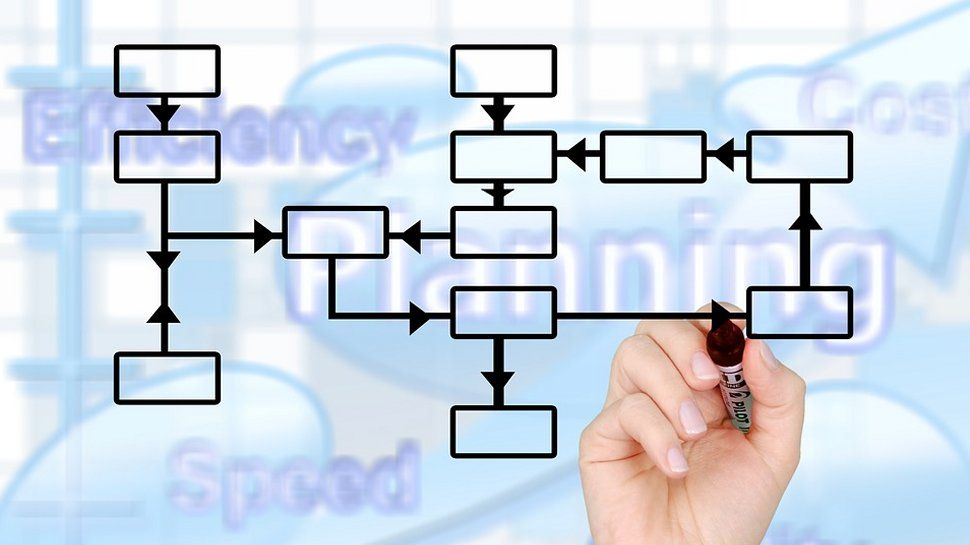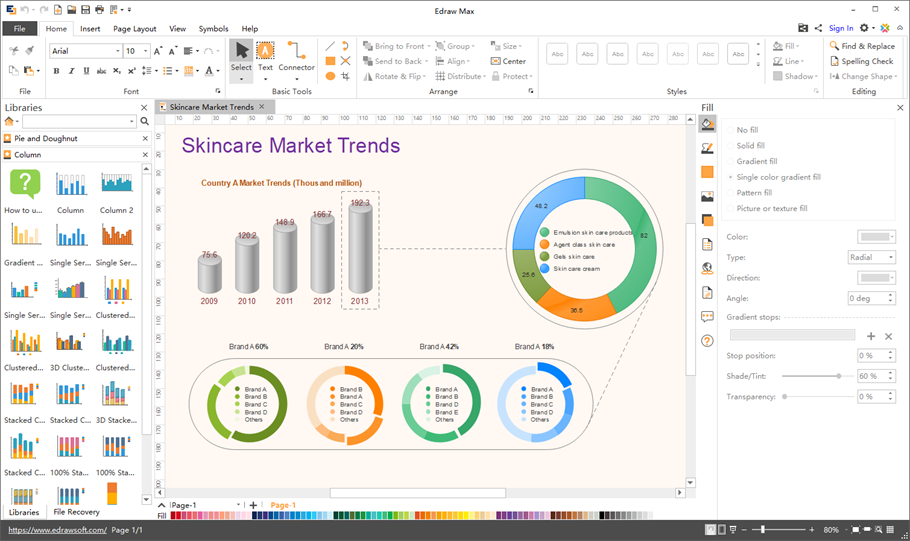

- BEST APP FOR MAC DIAGRAM PRESENTATION SOFTWARE
- BEST APP FOR MAC DIAGRAM PRESENTATION CODE
- BEST APP FOR MAC DIAGRAM PRESENTATION PROFESSIONAL
You can preview the slide deck output as soon as you edit its Markdown.Ī CLI interface for Marp and Marpit based converters
BEST APP FOR MAC DIAGRAM PRESENTATION SOFTWARE
My understanding of the software dependencies I'm using has increased dramatically and as a result so has my productivity.Create slide decks written in Marp Markdown right in VS CodeĮnhance VS Code's Markdown preview pane to support writing your beautiful presentations. Individual layers of software being revealed before my eyes with class diagrams, caller graphs, callee graphs & more all presented accurately and interactively. Having experimented with Sourcetrail over the past few months while dissecting a number of complex projects, I have been impressed to see the barriers to entry being removed. As a software professional, I saw great value in what Sourcetrail hoped to achieve. Sadly, this is true of a large number of 3rd party open source projects or even in-house legacy software. It's very rare to encounter software projects that are considerate to a fresh set of eyes when trying to be productive using them.
BEST APP FOR MAC DIAGRAM PRESENTATION CODE
Sourcetrail (then Coati) helped us untangle the spaghetti code and its dependencies, letting us see what would be affected when we touched each function.

I was struggling to understand a huge legacy system my team was tasked with supporting. Accessing this information was cumbersome for us developers so far, but is easily possible with Sourcetrail. It knows what paradigms exist and because it's turning your source code into executable instructions it knows every single piece of information within the entire codebase, including: where functions are called, how types get instantiated, where variables get changed. By using a compiler or interpreter, your computer already knows how the language works. The funny thing about all this? Your computer knows it all. Seeing which objects are involved in a feature and the paths that it takes through the source files should be a no-brainer. Understanding the fundamentals of your software architecture shouldn’t be that hard. And let’s face it-digging through is something that most programmers would rather avoid. But when you’ve exhausted all these options, you are inevitably left with digging through code. Sure, every developer has their own strategy of finding information within source code, from searching documentation to looking at tests, or asking the original authors when available. While there are many great code editors out there, they’re designed for writing code and are not made for navigating the implementation at hand. What is harder to address is how efficiently we can understand an existing implementation. When it comes to writing code, we have a multitude of options to suit whatever workflow we desire. Why can't we take a step back and see how the components connect with each other, without constantly looking at every detail of code? Every line in the source code has a purpose and as software developers, we spend most of your time searching for those small pieces that are currently relevant. The problem here is not the poor abstraction of the language, but the high information density of code. But regardless of the language, if a project reaches a certain size, it's hard to keep a consistent mental model of the source code's structure. They reduce the overhead a software developer needs to keep in mind by abstracting away more and more limitations of the machine. Programming languages are constantly evolving. Programming languages are not the problem. New Developers will often have to spend days or even weeks browsing legacy code to familiarize themselves with the implementation before actually becoming productive. Consequently, more and more effort is spent investigating the current implementation while less is spent on writing new features. When a codebase grows, it becomes increasingly complex to track every addition. Working in teams allows us to solve harder problems, but it comes at a cost.
BEST APP FOR MAC DIAGRAM PRESENTATION PROFESSIONAL
Professional software development is often a team effort.

But sometimes, it’s more difficult than we expect. As software engineers, we know that we have the skills and capacity to actualize all of our ideas.


 0 kommentar(er)
0 kommentar(er)
